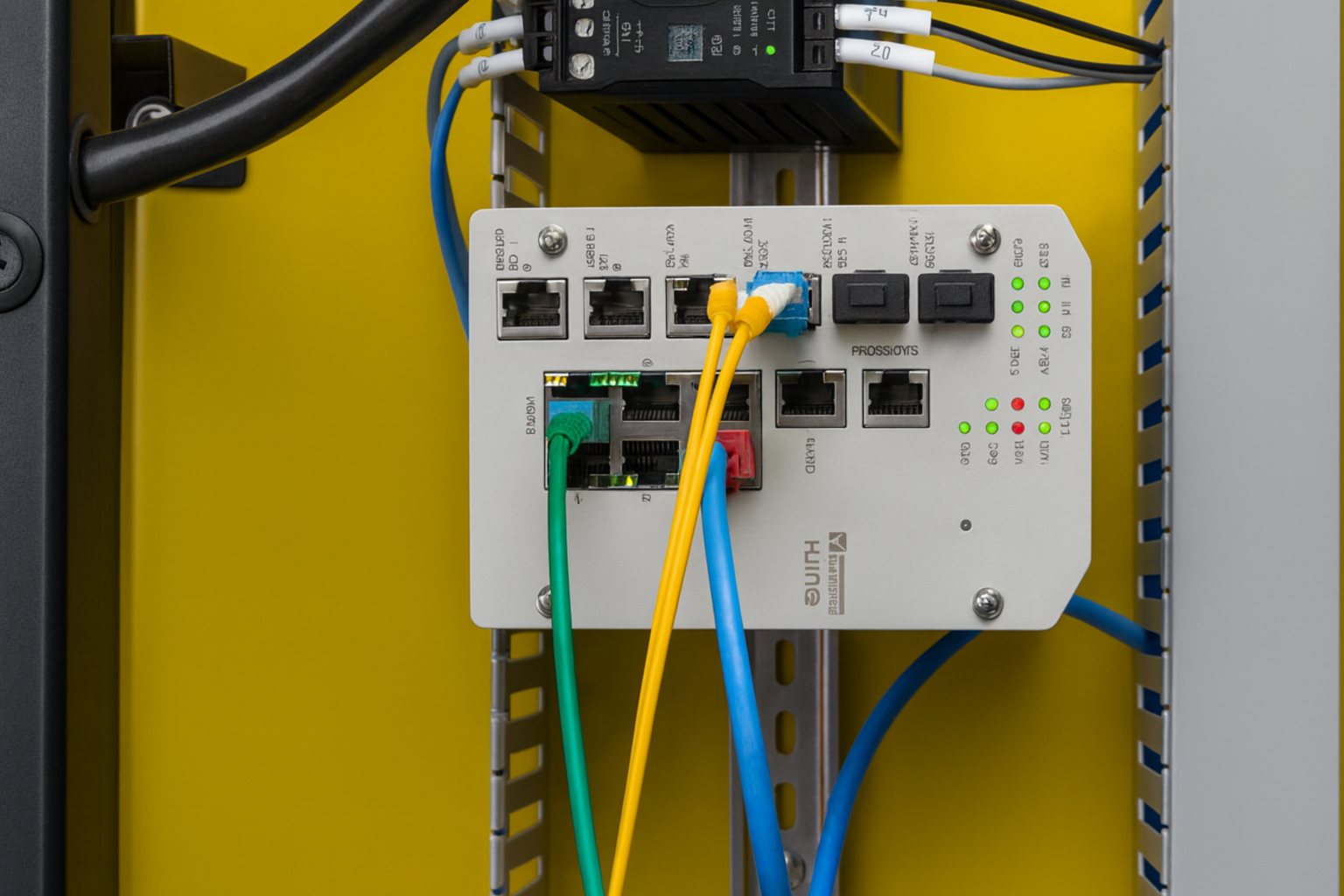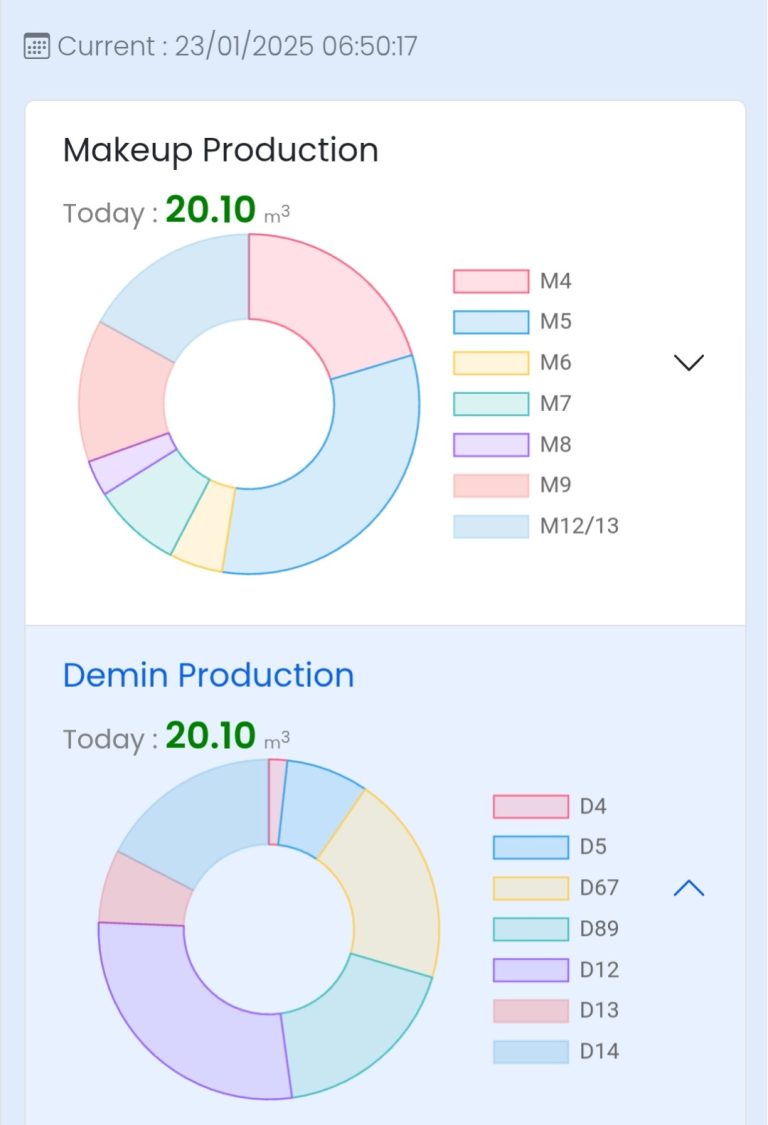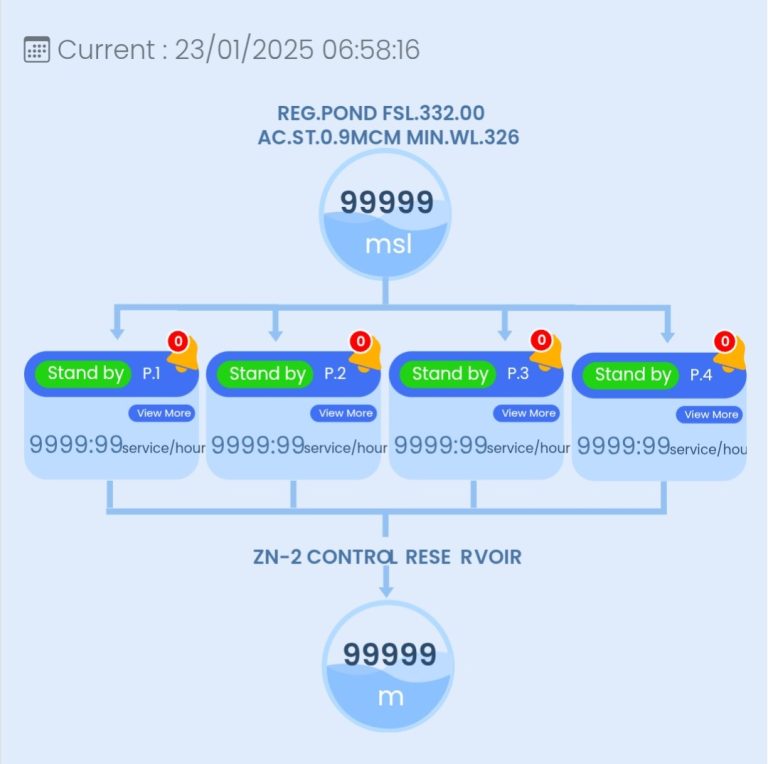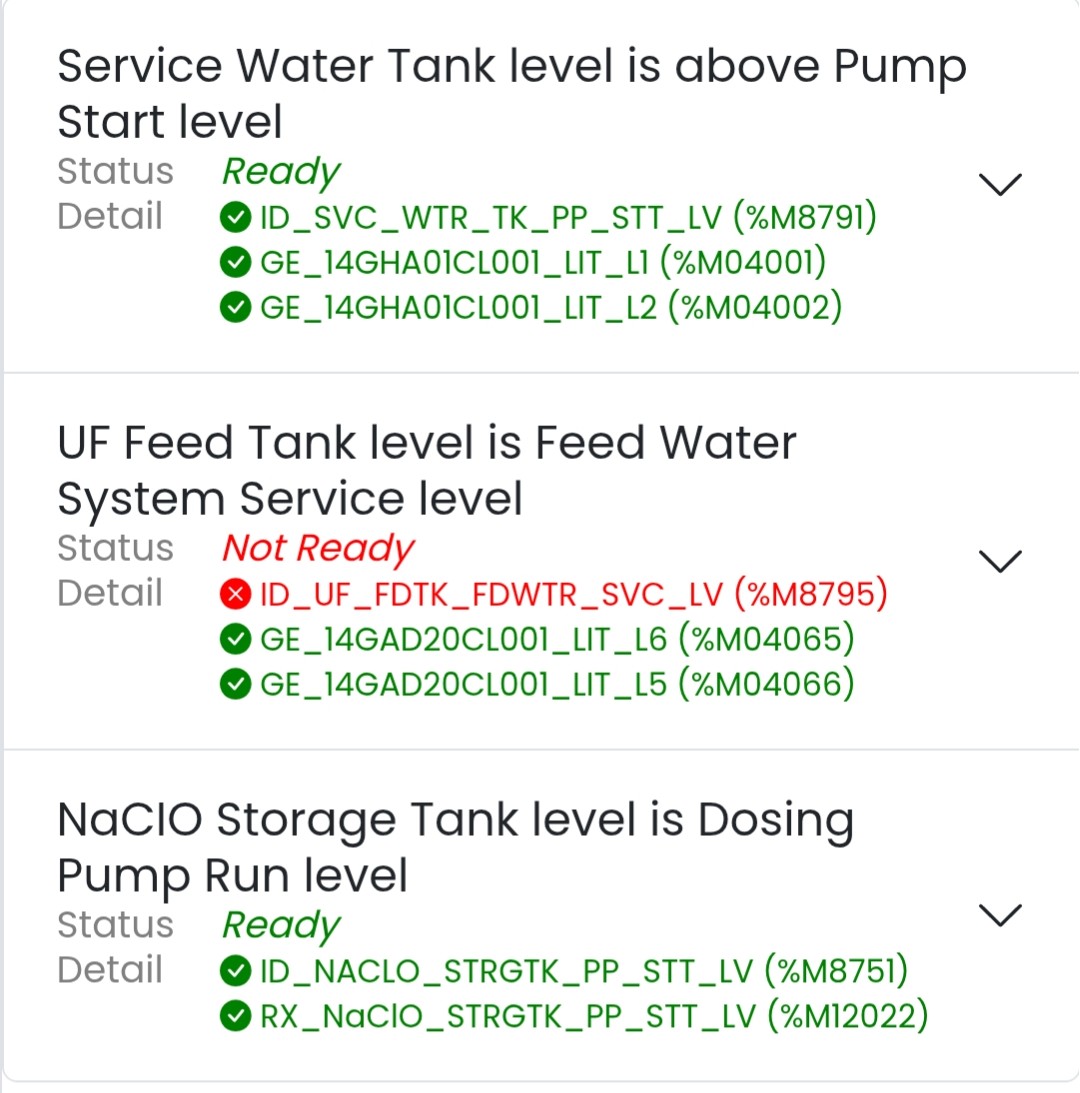
Integration of Hardware and Software
The Mobile App is designed to seamlessly integrate with the automation system through a complete combination of hardware and software. Hardware includes PLCs, Remote I/O Modules, and various field devices that interact with the main control system. Software is responsible for managing data, performing processing tasks, and linking with mobile-based applications. The design prioritizes reliable connectivity and secure data communication channels. All development complies with industrial standards, ensuring interoperability across multiple device brands. The Mobile App serves as a centralized platform to monitor and control the system in real time. This results in improved operational efficiency, reduced downtime, and higher overall productivity.
SCADA System and Mobile Application Connectivity
SCADA is implemented as the central platform for data collection, monitoring, and analysis in industrial processes. The Mobile App functions as an extension of SCADA, enabling operators to access real-time information anytime, anywhere. Connections are secured using wireless protocols such as VPN or advanced encryption methods. Displayed data includes parameters, equipment status, and alarm notifications. The application is designed for responsiveness, ensuring fast and intuitive operation. Two-way communication allows operators not only to monitor but also to send commands directly to controllers.This integration enhances flexibility and reduces limitations in system management.
Control and Human–Machine Interface (HMI)
The Mobile App is designed to operate as a Human–Machine Interface (HMI) on portable platforms. Its interface is clear, user-friendly, and customizable depending on user access levels. Operators can view machine status, trend graphs, and real-time alarm notifications directly from the app. The design incorporates multi-level authentication and access rights for secure operation. The HMI also supports multi-device use and integrates push notifications for critical events. Data visualization is optimized for quick interpretation, even in complex industrial environments. This ensures reliable and convenient monitoring and control of automation systems.

Project Planning and Engineering Meetings
Prior to development, the engineering team conducted structured meetings to collect requirements from clients and end-users. Documentation included Workflow Diagrams, Data Flow Diagrams, and Use Case Diagrams to align understanding. Roles were clearly divided among hardware engineers, software engineers, and SCADA integration specialists. Discussions covered both functional and non-functional requirements in detail. A project timeline was established to ensure budget and schedule adherence. Collaboration tools were utilized for project management, enabling transparent progress tracking. This reflects a highly systematic and professional engineering workflow.

UX/UI Design and Security Standards
The Mobile App was designed following User-Centric Design principles, focusing on user experience in industrial environments. The UI employs clear color coding and structured categorization for quick data recognition. The UX design minimizes user steps, allowing operators to access menus and data efficiently. Multi-level access control is implemented to manage different user roles and privileges. All transmitted data is encrypted, and network communication follows strict cybersecurity standards. An audit trail is included for full traceability of user activities and system events. This ensures the Mobile App is both intuitive and secure for industrial automation operations.

Site Survey and Field Testing
Before deployment, engineers conducted a comprehensive site survey to assess the working environment. This included network evaluation, hardware compatibility checks, and communication testing with PLCs and Remote I/O modules. System simulations were performed before actual field trials. Tests covered SCADA integration, HMI performance, and mobile command execution. Response time, update speed, and signal stability were thoroughly evaluated. A complete testing report was documented, with corrective actions implemented prior to client delivery. This ensured that the Mobile App was safe, reliable, and fully operational in real-world conditions.
